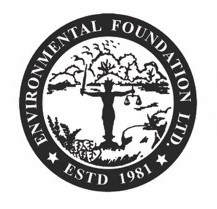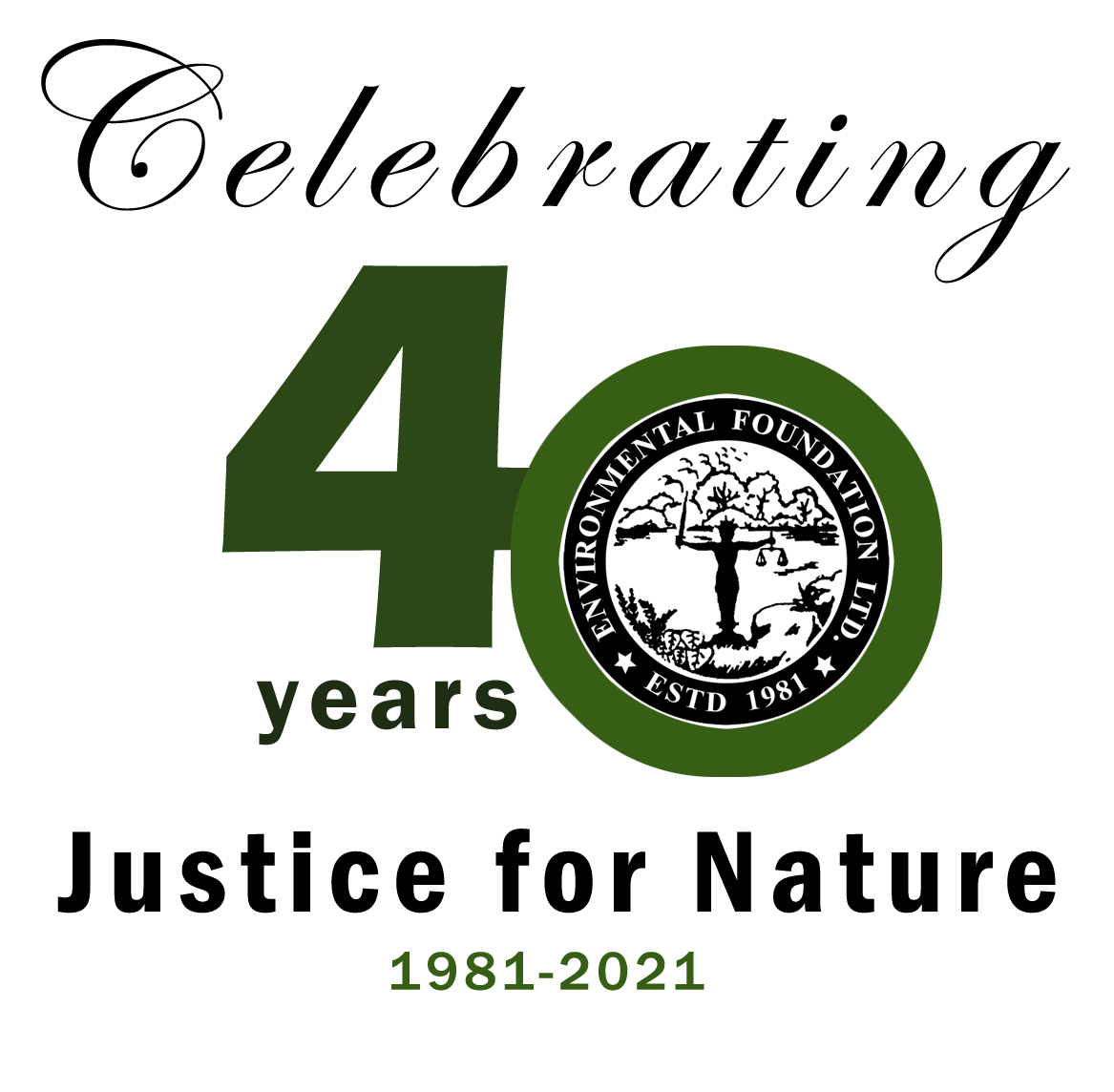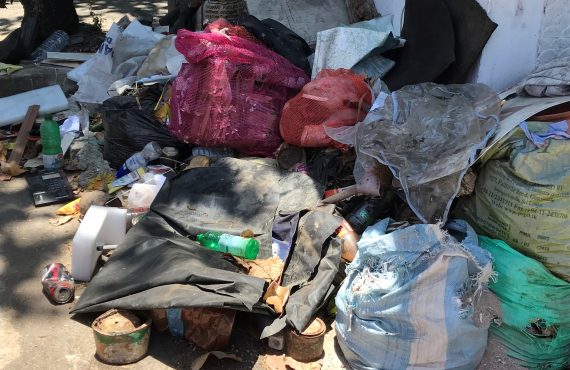A little more than 3km from Meethotamulla, the towering garbage dump that led to the loss of 30 lives, is another stark example of Colombo’s urban solid waste mismanagement: the Kotikawatta dumping ground. Kotikawatta – Mulleriya Pradeshiya Sabha began dumping waste in Kotikawatta in 2007, in the Kotikawatta cemetery which was located at a higher elevation, yet with time the garbage began to spread to the lower paddy fields that belonged to 15- 20 private landowners. While the extent of the garbage dump fluctuated with changes in political power over the years, the garbage dump has grown from the 4 acres in 2012 to a shocking 26 acres presently, according to an EFL site visit conducted last week on the 27th of April as well as Google Earth imagery.
For approximately 100 families residing within a 50m radius, the garbage dump has completely disrupted their day to day lives and caused a severe public nuisance. Residents have lived in the area for 20-30 years but the presence of the garbage dump has led to many families fleeing their ancestral homes, while others have tried to sell their houses to no avail. Apart from the pervasive stench of garbage which is exacerbated on windy nights, the residents of this area face a slew of troubling health concerns, from constant coughs, headaches and dizziness, to dengue and skin rashes. Out of the 15 households that we encountered, over 5 families reported cases of dengue. The swarms of flies inside houses mean that food cannot be left outside even for a second, while crows often drop pieces of trash from the dump in gardens, so laundry left out to dry has to be rewashed.
As the area is situated in a wetland, even the lightest rains cause homes and gardens to be innundated with garbage-strewn water. During the torrential floods in May 2016, the water levels rose to up to 10 feet, with residents incurring costs sometimes as high as Rs. 100,000 to clear the rubbish from their houses. The garbage dump has affected every aspect of their lives, leaving residents sick, miserable and embarrassed. The dump also borders a school – Somadevi Ballika Vidyalaya, where 850 students from ages 6-16 are enrolled.
While this garbage dump was allotted for municipal waste from the Kotiawatte – Mulleriyawa Pradeshia Sabha, municipal waste from the Kolonawa and Avissawell urban councils is also sent to this landfill. Residents also report that hazardous industrial waste from Biyagama Industrial Zone along with sewage, is being disposed of in this garbage dump which is assigned for municipal waste. A composting facility was seen at the dumping grounds but it was not adequate for the quantity of perishable waste being generated each day from heavily populated local councils. The garbage dump is full of plastic bottles, polythene pieces, cloth, Styrofoam containers, heavy rope, cardboard boxes, CDs, cassette tapes and broken glass.
It is the responsibility of Local Authorities to ensure that waste is disposed of in an appropriate manner. These local authorities which form the third level of governance, consist of municipal councils, urban councils and divisional councils, deriving power from the Municipal Council Ordinance (MCO) No. 29 of 1947, the Urban Councils Ordinance (UCO) No. 61 of 1939,the Pradeshiya Sabha Act (PSA) No. 15 of 1987. These laws give these local authorities the responsibility of disposing of “all street refuse, house refuse, night-soil, or similar matter” but also hold that they must do so in a way that does not cause a “nuisance”, which is interpreted to “include any act, omission, or thing occasioning or likely to occasion injury, annoyance, offence, harm, danger, or damage to the sense of sight, smell, or hearing, or which is or is likely to be dangerous or injurious to health or property” (Sec 327 of MCO, Sec 249 of UCO).
The residents of Kottikawatte may receive a minor respite, as an injunction was issued on the 21st of April 2017, by the Colombo Magistrates Court, prohibiting the KMPS from continuing to use the private land as a dumping site. This was in response to a submission made by the Police regarding the complaints received by the aggrieved residents. However, these residents have still not received compensation for the harms incurred during the last 10 years by this garbage dump, which was a short sighted, ill-planned solution which is part of a larger epidemic of solid waste mismanagement in the Colombo district.








With the catastrophic consequences of garbage dumping at Meethotamulla, it should be pointed out that we all have a national duty to recycle garbage at our own homes. We at cardslanka are introducing the ASH METHOD for just that. Visit us at http://cardslanka.blogspot.com/2017/05/a-simple-garbage-solution.html
Wonderful post!! I read your blog,It’s very informative information.Thanks for sharing.